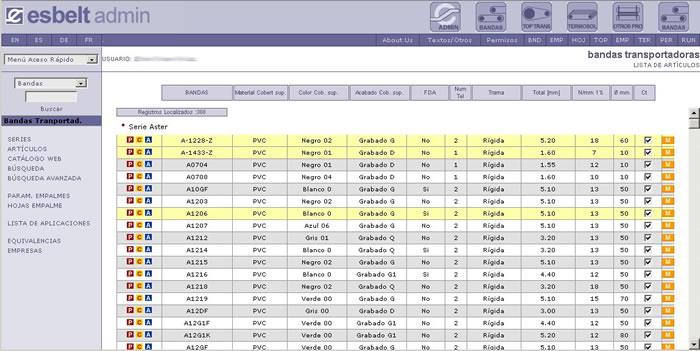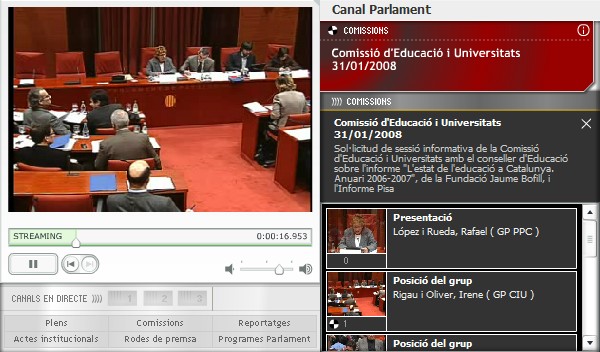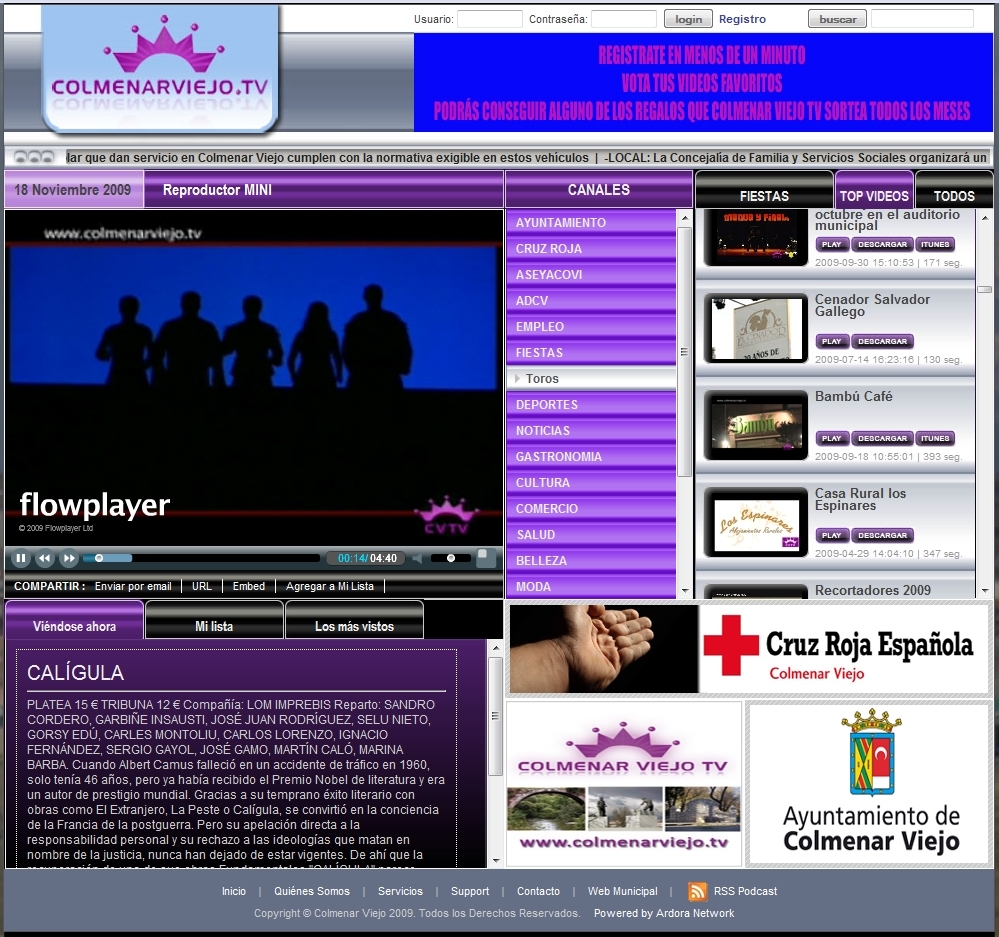DEVELOPMENT AND CONSULTING
Anglatècnic has considerable experience in the broadcasting and IT sectors and is uniquely placed to advise clients on potential projects. The company also provides support and maintenance for projects that are up and running and solves the problems that may arise in tweaking systems for special events or circumstances.
Some of the Consulting and Maintenance tasks performed:
- Installation of the equipment required to enable television networks to work remotely.
- Each year, Anglatècnic attends “Festa Club Super 3” (a mass, televised event for TVC’s one million-strong children’s club) to deal with any problems that may arise during the live broadcast.
- Installation of third-party broadcasting industry solutions.
- Maintenance of our own solutions and third party ones.
Anglatècnic’s programming know-how and experience in Internet and related technologies proves invaluable when giving advice to clients and in designing and developing web applications. These applications draw on the enormous potential of these technologies for creating dynamic administration environments that allow contents to be entered through a web browser. SSL (Secure Sockets Layer) ensures security.
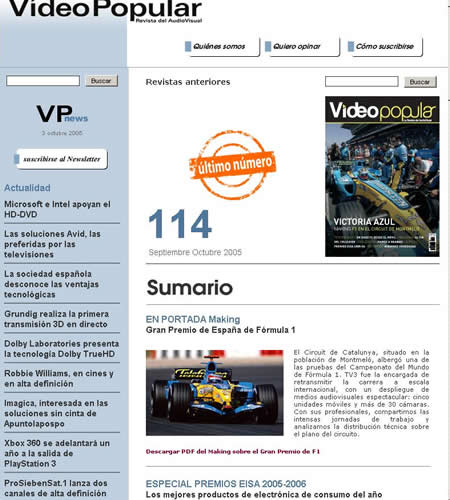 Some of the projects we have carried out:
Some of the projects we have carried out:
- Dynamic web portal developed for the Natura Bissé cosmetics company. We developed the web-based administration environment for entering contents in the database (products, images, flash , etc.),. The web portal features dynamic pages generated from the firm’s databases and we developed the user query management system (all the information – including query, response, data, person, etc. being stored in the database).
- Web version of “Vídeo Popular”, a leading video magazine. The web is wholly dynamic. Press articles, news, subscription management, requests for further information, invoicing, newsletters, etc. are entered and managed through an SSL-protected environment accessed through a combination of user name and password.
- Course Development Environment for financial institutions through the Learning Works consulting firm. The Environment provides a quick and easy way of creating courses that control and monitor students’ progress through the materials. The steps emulate the daily steps taken by staff in their workplaces (software and materials), ensuring they progress through each stage with the help of a virtual teacher.
- Mediamentor multi-language education portal in which the web administration environment manages content, languages, back-up, subscriptions, etc.
- Proteo platform for creating courses based on dynamic web pages linked to a database. The platform comprises a portal with various sections containing the course materials, FAQs, forums, and a course demo. It also includes two admin environments. The first is used to administer the web portal and its sections. The second creates the course structure and adds content and exercises. The exercises use Flash plug-ins. Content, correct answers and results are stored in a database and are linked to one another using XML.
Anglatècnic is involved in various projects covering the management and publication of Video onDemand and Live Video for the Internet.
- We develop web tools to view and catalogue video contents.
- We develop tailor-made Control Panels for managing meta-data and publishing Live videos.
- We allow clients to activate/deactivate Live Video and to add titles in real time.
- We manage podCast publication.
- We tap clients’ video production systems to gather content and then trans-code it to the format required by the Internet.
- We develop web tools to view and catalogue video contents.
- We develop tailor-made Control Panels for managing meta-data and publishing onDemand videos.
- We manage podCast publication.
Digital Signage is a system for distributing audiovisual content that allows administrators to manage and programme broadcasts of a series of players.
- management of content, schedules and Players is restricted through user permissions.
- entry of audiovisual content.
- creation of broadcasting schedules.
- preview of contents and playlists
- planning what is broadcast from Players or groups of Players.
- display of the transfer status.
- rapid display of Player programming.
- display of system and Player status.
Anglatècnic uses IP networks (Internet/Intranet) to carry out projects that meet clients’ needs. Our projects employ various standard technologies (XML-RPC, SOAP, etc.) in IP networks (VPNs, telephone hooks, etc.) to link up heterogeneous, distributed systems.
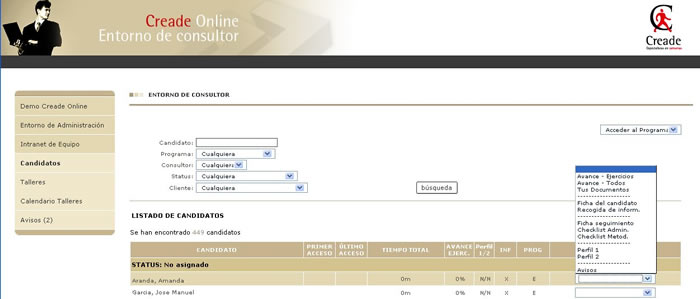 Projects we have carried out include:
Projects we have carried out include:
- Development of a distributed e-learning system for Creade. This consists of a course for candidates, who can check their progress. One interface allows content entry (lessons and exercises). A second interface is used by tutors to monitor students’ progress (exercises done, content seen, time taken, reports sent in PDF format, etc.).
- A system for managing Esbelt sales calls to clients. The web interface uses dynamic, multi-lingual pages protected by a user name and password combination. The salesmen enter customer data on their visits. System administrators can calculate salesmen’s expenses, monitor and/or change data, enter new clients, generate PDF reports, etc.
- A system for managing various company processes: wizards for making offers, tracking orders, controlling hours, costs and invoicing. Each staff member’s access to the system is controlled through permissions and there are links to other company systems (Navision, etc.).
- Publication of the firm’s internal documents. Automatic, configurable generation of PDF catalogues.
Anglatècnic has wide experience in the design and development of various applications for Windows and Linux operating systems. We advise customers depending on their needs and develop tailor-made solutions. Whatever the source of your data, Anglatècnic can create a complete, wholly independent system for gathering and publishing data whilst ensuring it does not interfere with your existing system.
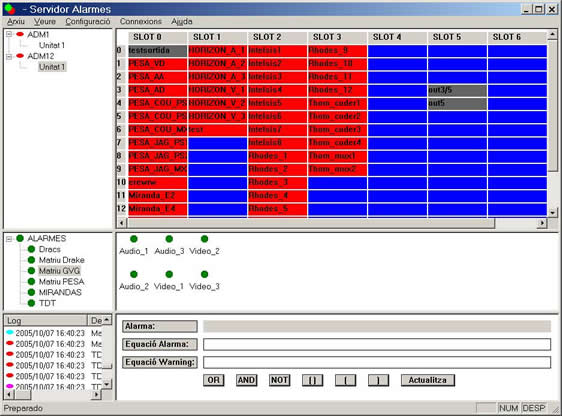 Projects we have carried out include:
Projects we have carried out include:
- A system of alarms for industrial equipment, management and monitoring of various equipment assets through the MODBUS industrial control protocol. A client-server architecture was employed to ensure the server was the only piece of equipment communicating with the assets. Data was gathered from the equipment assets, processed and supplied to server clients.
- Deployment of NTP servers (Network Time Protocol, RFC-1305) to synchronise the time of television broadcasting equipment. These servers get the time from a Wharton time server. Client software was developed and installed in various items of equipment to synchronise and monitor the service.
- Automated systems for publishing: real-time flight information, share prices (5-minute delay), and real-time election results through the Internet, Teletext and interactive services. Java applets were used to graphically display results.
